For parents of children entering their tween and teen years, there is perhaps nothing that worries them as much as the issue of phones, screens, and social media. Parents hear claims about social media exposure driving declines in mental health, but kids also seem to need phones to interact with their friends (or at least that’s what they say). Phone bans in school are increasingly widespread, but it can be hard to figure out how this relates to phones out of school.
Parents want help navigating this, and the conversation has (in my view) become confusing. We can make more progress on this if we separate the discussion into three distinct questions:
- How does social media impact mental health in teens?
- Should phones be allowed in school?
- Should parents set boundaries on phones at home?
Each of these has distinct data we want to look at to answer them. And by separating them out, we can actually think about what to do, as parents and as policymakers.
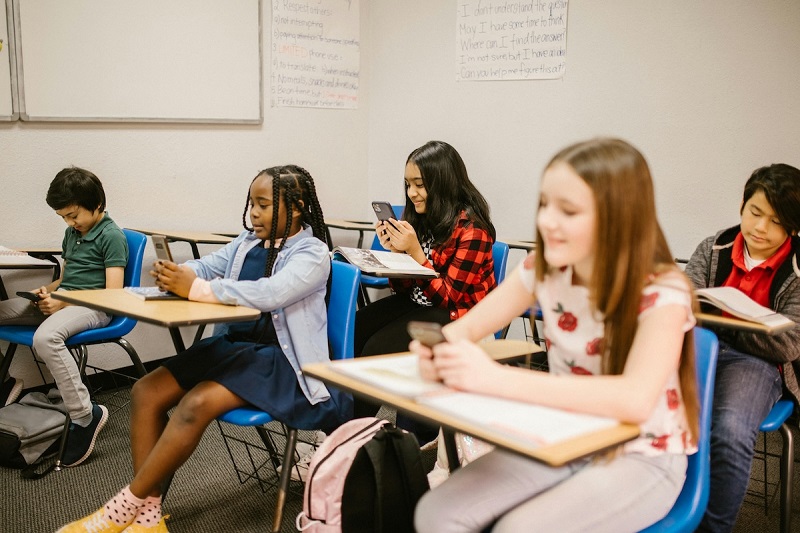
Does social media affect teen mental health?
This is a difficult question to answer definitively because most of the studies we have cannot reliably show causality.
There are many published papers on this question. For example, this article itself is a review of meta-analyses and includes dozens of papers with many thousands of people who were studied. Jonathan Haidt, author of The Anxious Generation, has a (long) collaborative review, also including dozens of studies, with detailed notes. Estimates in these papers vary — some show very negative impacts, some are more neutral, and some things look more positive. It’s all over the map.
The problem is that the vast majority of this evidence does not have any credible claim to causality. It shows correlations that have many interpretations (mental health could drive social media usage, for example). Although there are huge numbers of these studies, they aren’t convincing — individually or together — about anything.
I should note that these are the same issues that afflict studies of social media exposure and other outcomes, like this JAMA article on social media use and cognitive performance. Kids who have very high levels of social media exposure differ from their peers in many ways. Moreover, it may be hard to know in some cases whether the social media exposure is driving outcomes or whether the outcomes drive social media exposure.
The two strongest cases for negative effects come from several papers by economists. The first is this paper, which uses variation in the timing of Facebook rollout on college campuses and argues that the arrival of Facebook lowered mental health. The second is this paper, in which researchers randomly discouraged Facebook use (among adults) over a four-week period prior to the 2018 elections. They found that happiness increased among the non-users, with an effect size similar to increasing income by $30,000 a year.
Most recently, researchers reported on a randomized experiment where users deactivated either Facebook or Instagram for six weeks prior to the 2020 election. They found modest but statistically significant improvements in mental health, with the impacts of Facebook being driven by adults over 35 and the impact of Instagram being driven by women under 25.
I think these papers make a strong case that some kinds of social media usage can negatively affect mental health, although these are specific settings, they are generally not with teens, and the best evidence focuses on elections. In these studies, the effect sizes are moderate — in the case of the last paper, the authors argue that social media adoption could explain about 10% of the total decline in mental health in young people from 2008 to 2022.
If you would like, you can read hundreds and hundreds of pages about this academic debate, and I would venture to say you would find yourself unsatisfied. There are clearly tradeoffs. Although the effects are negative on average, in survey data and in experiments, there are clearly people who benefit from social media. The fact that people use social media at all means they perceive it to have value. Do the small negative effects outweigh this? Is there a way to regulate so we get the positives without the negatives? None of this is clear.
The upshot: We are not settling this debate today or tomorrow. But — and this is important — we do not need to settle it in order to make some crucial policy decisions.
Should phones be allowed in schools?
In the 2025-26 school year, many states, school districts, and individual schools have adopted phone bans. These may be bans on use only in classrooms, or “bell-to-bell” bans that limit phones completely during the school day. The conversation about whether this is a good policy is sometimes wrapped up with the questions of social media and mental health.
They should not be wrapped up.
Imagine that, in fact, social media is totally neutral for mental health for teens. Even if this were true, it is still a terrible idea to have phones at school.
Common Sense Media reported in 2023 that teens get an average of 237 notifications on their smartphones per day. That’s 10 an hour. In a classroom of 30 students, that is five pings per minute. Maybe half the kids remember to silence their phones. That still means that about every 30 seconds, there is a ping, buzz, beep, or ringtone. No one would tell you these noises are good for concentration. And that’s just the noises! It ignores the fact that when it’s your phone buzzing, you want to look at it.
Phones are distracting. They just are. There is plenty of evidence of this, like this study of college students showing they lost their focus on a lecture after 10 to 15 minutes if they had their phones with them. When we think about school phone policies, it’s the distraction and the loss of focus that is the problem, not the social media. Even in a world without social media, we wouldn’t want kids to be multitasking to this degree.
I’ve had many conversations about phones with experts, some of whom like them better than others. But I have yet to find an expert who thinks phones should be allowed in schools, and especially not in classrooms.
This instinct is starting to be tested by studying some of the first experiences with these phone bans. A 2025 paper studying early phone bans in Florida shows evidence that these bans improved test scores by a small but significant amount. This paper also shows evidence of a large initial increase in behavioral suspensions in the first year of the policy, which seemed to be related to the enforcement of the bans. By the second year, those negative effects went away, even though the bans remained in place, suggesting that the impact is a transitional one — once people got used to the ban, the positive results were less noticeable.
This latter effect gets to one of the harder issues with this policy.
For very good reason, many teachers do not want their job to be phone police, and very few people would say that the goal of phone bans should be to increase student suspension rates.
To implement these rules effectively, schools will need to go beyond asking teachers to enforce the ban and think about other enforcement mechanisms. There are technological solutions to this problem (lock pouches, for example), but they often cost money. We need more research on the best practical ways to implement these bans.
A possible barrier to the implementation of these bans is parents. A lot of parents want to call or text their kids at school. They worry about them — what if something bad happened? This is a real fear. But as parents, we would do well to remember that no option is completely safe. Our kids having phones in school is harming them and their learning. (Worth saying: some kids also do not like phone bans, but that is as expected, and it’s our job to set boundaries).
The upshot: based on logic and what we know so far, there should be no phones in schools during the school day. This is the direction policy is going, and it’s a good one. As we get more policies like this, we’ll get more evidence, and I expect it to further reinforce this conclusion.
Should parents set phone boundaries?
There is an active debate about whether there should be regulated boundaries on the age of social media. Jonathan Haidt has argued that regulators should restrict the use of social media to children over 16, as some other countries have. I expect this discussion to continue, but unlike the case of phones in schools, it seems unlikely that any regulation will occur. Unfortunately, that has left the question of phone boundaries to parents.
In my opinion, our role is two-fold. Yes, as parents, we should set boundaries around phone use, and it is our job to help teach our kids how to approach this. An analogy I like, which I credit to Michael Rich, is to think about phones like cars. We do not allow children to drive cars until they are 16; this is a rule and a boundary, and one that we want to hold. But, also, when children turn 16, we do not just hand them the keys and let them go. We (or someone else) teach them how to drive. Even once they know how, if they do not respect the boundaries we set, parents are often willing to take away the car keys.
The same should be true of phones and social media, whether the age is 16 or earlier or later. It is a good idea to have boundaries on when kids get phones, but also to think about boundaries once they have them, which help them learn about how this relationship can be healthier.
A few more specific principles for thinking about this:
- Sleep is extremely important, and most kids do not sleep enough. The primary issue with phones and sleep is kids are on their phones instead of sleeping because phones are fun. Phones should be out of the room at bedtime — and by bedtime, I mean when the kids are supposed to go to bed, not when they do.
- Phones are distracting. It’s not a good idea for kids to have access to them while they are trying to focus.
- Everyone in the social media debate seems to agree that the impacts of social media vary across kids. Whatever you, as a parent, decide about that, it’s worth keeping tabs on how your kid is doing.
- You can set boundaries. If you think your kid is using their phone too much, limit their time with it. It is not too late to set boundaries, even if you have not done so before. Yes, your kid will be mad. That is okay! Parenting is a long game about raising healthy adults.
This is one of the hardest things we are navigating as parents. Setting boundaries around older kids is really hard and runs up against their growing independence and autonomy. And it is impossible to know if we did it right. As parents, our best and only option is to make these choices thoughtfully, be willing to pivot, and learn to live with some uncertainty.
The bottom line
- It’s difficult to definitively determine whether social media affects teen mental health because most of the studies we have cannot reliably show causality.
- There are tradeoffs to allowing your teen to use social media. Although the effects of social media are negative on average, there are people who benefit from it.
- Phones are a clear distraction in schools, and the evidence so far suggests that banning them improves learning.
- Regulation on social media age limits is unlikely, so it falls to parents to set boundaries. Much like teaching kids to drive, we need to decide when they’re ready for phones and guide them in using them responsibly.








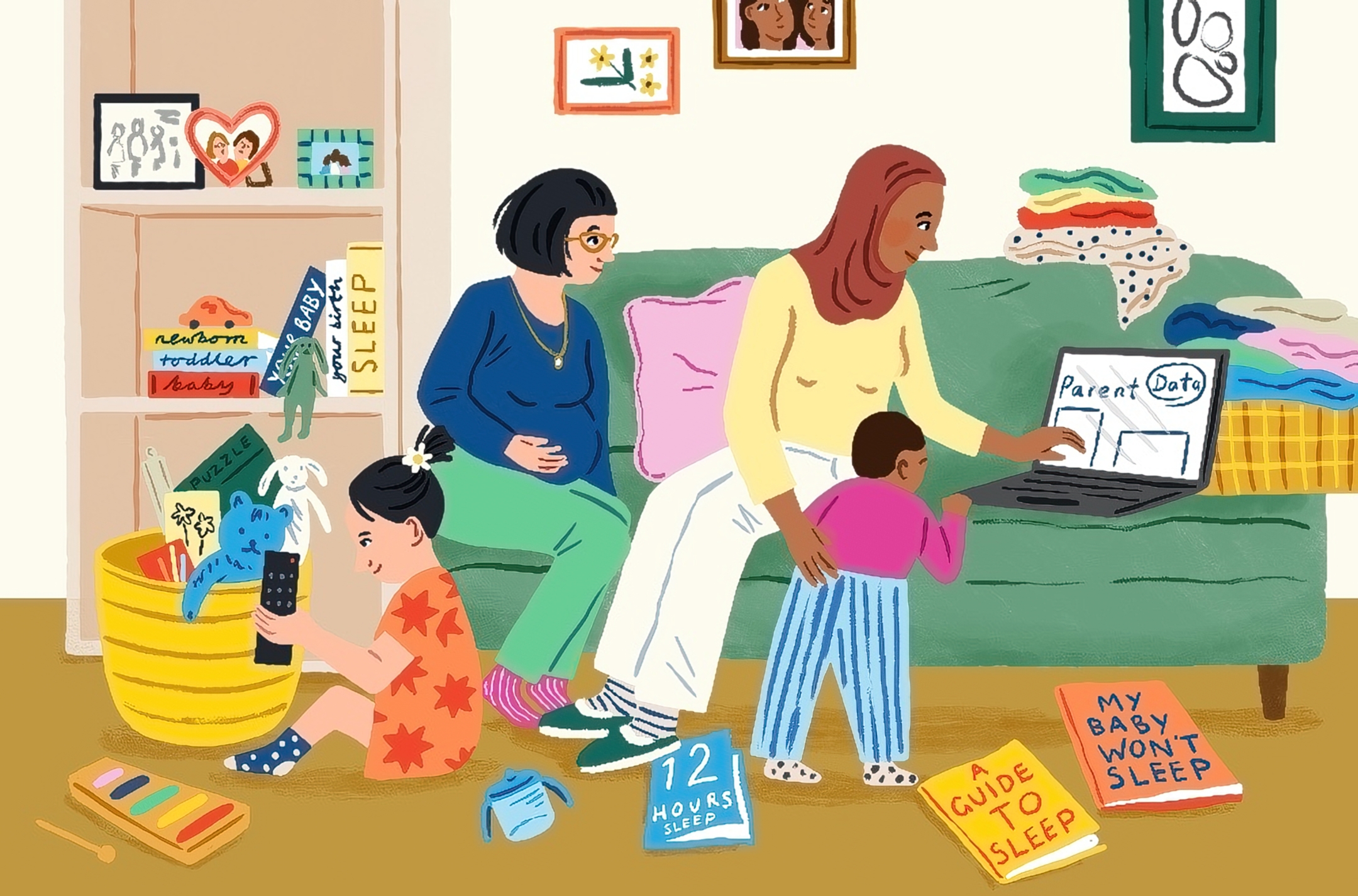

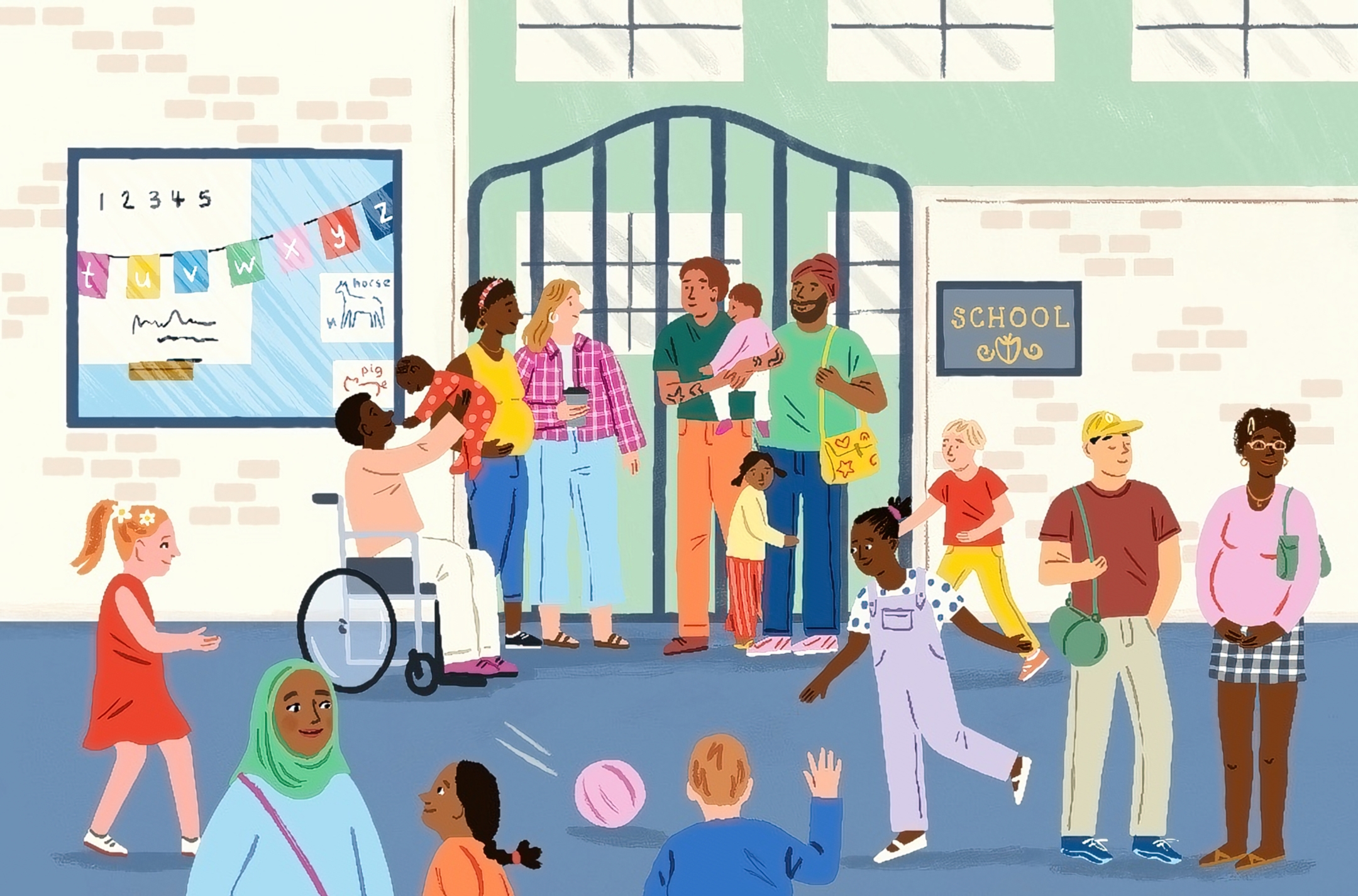
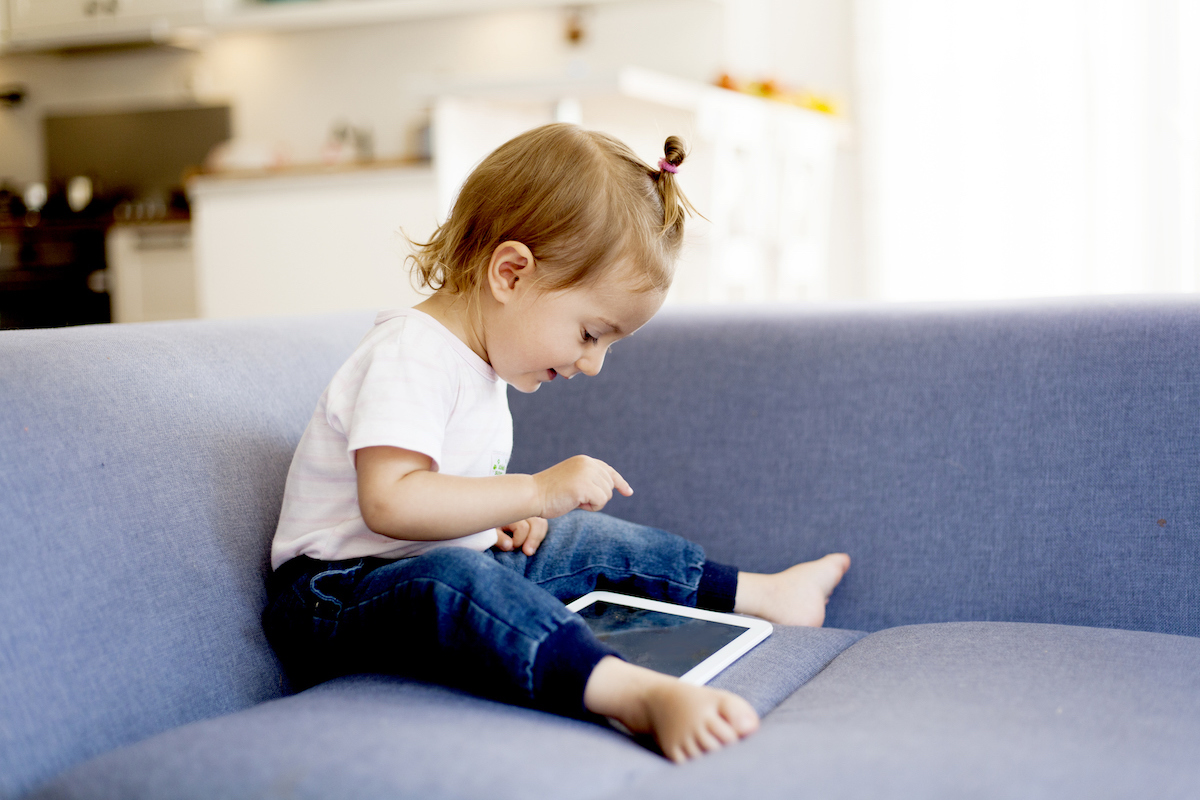
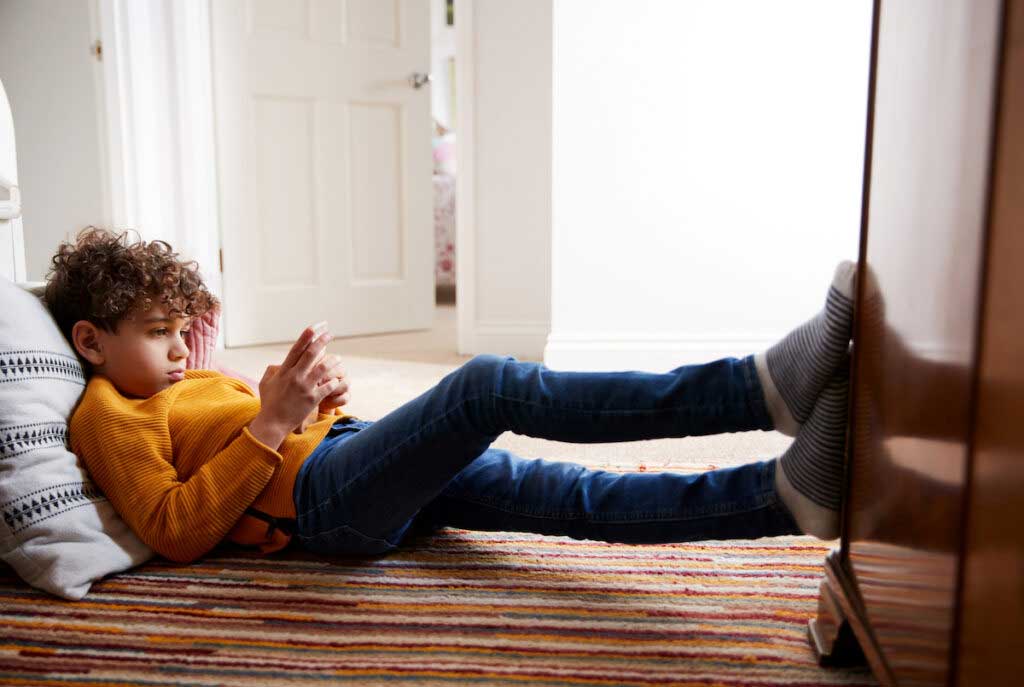


Log in
[I followed the comment link from the 7/15 article on understanding risk, which took me here.]
I completely agree with the overall logic. But I don’t understand what tradeoffs anyone sees in bringing a carseat on the plane. The only one I can think of is that you have a carseat available for your use at your destination (not from a rental car company, which will give you sketchy options) and your normal seat doesn’t fit on the plane, and you don’t want to pay extra to buy one for the plane (though that is much less than the cost of a ticket), and you can’t borrow one. Other than that…I truly can’t think of a tradeoff. I took carseats on planes for years and am glad I did. Increased safety on the plane, increased safety of controlling the carseat vs letting them damage it in the hold, helps my kid nap and relax on the plane, harder for them to take off their seatbelt when they’re not supposed to…vs the relatively minor potential cost of a carseat? It seemed like an easy choice to me.
Some people’s children will not sit in a car seat for many hours and would tantrum the whole way. For some people they cannot afford to buy an extra seat for their child when their child is this age. For some, it just doesn’t seem worth it to lug a car seat through the airport especially if you are landing in a destination where you can easily borrow a car seat from someone who is picking you up. So having the child in their arms for the flight feels like an easy trade off in contemplating the risk of 1 in 250,000 (or whatever the actual number she mentioned was).
Wow, the judgement is strong with this comment. Here are a few reasons: Kids under 2 fly free as a lap infant, so that’s the cost of an extra ticket. Many babies or kids are squirmy and uncomfortable in car seats and prefer a carrier, being held, or climbing up and down the seats. Lugging several car seats through the airport sucks. At your destination, you may not be driving (eg traveling to NYC, most European cities), you may borrow a car seat, or you can rent along with your car. (We always do this and the model of car seat they have is from a reputable brand like Chico, Evenflow, or most often Cosco Senera which is literally the make and model of car seat that is widely recommended as a good travel/plane car seat.) But honestly, I think the primary reason is financial for most people, including my family.
I really don’t agree that phones should be banned from schools. For 2 reasons:
Phones are inescapable tools, and technology is only going to become more challenging to deal with. Learning how to use it is always better than forbidding.
I would recommend you read Haidt’s book to address both of your questions. It contains 60+ pages of notes and references to substantiate the argument that 1) Yes, smartphone in schools and with children at all times is harmful, for many reasons and far-reaching beyond just academic performance. Plus, 72% of U.S. high school teachers say cellphone distraction is a major problem in the classroom (Pew Research Center, 2023). 2) While phones and social media are here to stay, there is ample research to suggest parents should wait until high school to introduce smartphones. Haidt argues that ages 9-13 are extremely critical and shows evidence that holding off will benefit. Think of it this way: Cars are here to stay, but we don’t let children drive them until they are 16. Alcohol is here to stay, but we don’t let people legally purchase until they are a legal adult (or even older here in the U.S.). Increasingly the evidence shows that smartphone addiction is real and very detrimental to children.
I would recommend that you go to a high school cafeteria where phones are allowed and observe the behavior of the kids. Instead of talking to each other, laughing and socializing, kids will have their noses buried in phones. They are not learning basic face to face social skills. You can go by a bus stop and see the same thing. We used to make friends at the bus stop, even if it was a regular city bus stop! (I can’t speak for the largest cities in this regard, but this happened in medium sized cities.) Furthermore, the algorithms are preventing the kids from completing the developmental task of transcending “splitting”, where everything is either one way or the other with no gray areas.
To your 2nd point, there is a cost to letting kids have access to their phones in school in the hopes that they will be better equipped to deal with distractions of social media and technology in the future. As a parent, I’d rather my kid learn social cues and dynamics by interacting with their peers in person. I’ve had a smart phone for ~15 years and I still struggle with not getting distracted by it and controlling the urge to check my phone and to not sit on the couch and scroll at the end of the day. You know what helps? Putting it far enough away that I can’t see it or hear it. The likelihood that kids are going to learn this nearly impossible lesson in school is so low, it’s not even worth considering it as potential benefit of having phones in school IMO.
Is there an answer/what is the answer to concerns about school shootings or safety where there are 20 people in a room, they are in danger, and only 1-2 have a phone to call for help (and potentially others don’t know where those phones are?)
Is there/what is the answer for kids that are struggling socially in school and use their phone during breaks / lunch (not in classrooms or during class) to chat with their parents or friends to help?
It feels like banning them is extreme brute force (similar to banning social media!). It feels like there is a better way, helping kids at the right age (thinking high school but maybe not middle school) learn to manage distractions rather than just removing all distractions for them. But perhaps there is not.
They are struggling socially BECAUSE of the phones. But for those who may be neurodiverse or otherwise struggling socially, there should be “lunch bunch” groups to help them develop social skills.
Additionally, many safety issues in the schools, such as fights, are exacerbated by phones with messages spreading, kids video recording the fights, and phones being used for incitement.
Regarding safety in the event of an emergency, it is unsafe for phones to emit noise or vibrations when kids are hiding. Police will tell you this too.
I would love to read more analysis from you on this topic – would 110% buy this book if you wrote it! It seems to me we’re conflating three kinds of risks from phone use, which is part of why it’s hard to study: 1) opportunity cost – sleep, physical, social, academic, ‘addiction’ etc; 2) cyberbullying or other harmful social media interactions with peers; and 3) access to dangerous people or inappropriate content. I think these three should be researched and discussed separately, even if the solutions – no phones during school – are similar.
I’m curious about banning phones in particular- I know most kids need laptops for school these days and most kids have texting and social media easily available there. Not sure how to separate this, maybe school provides computers for school? It’s complicated!
Schools can block certain websites on their network, so shouldn’t be as hard to keep kids off forbidden websites from a laptop.
Speaking as a middle school teacher who taught in a school with free Chromebooks: we have found out it’s impossible to block chat because our kids have started using collaborative Google Docs for chatting — as in, they all edit one document together sequentially as a way of chatting. Obviously no one will ban Google Docs.
I always think of all that reporting about Silicon Valley parents, the very same ones who work for the Googles and the Facebooks and the like, sending their kids to private schools that use close to zero technology until the end of middle school. That’s like finding out that all employees at Tyson Foods raise their kids as strict vegans — you might wonder what it is that they know about that the rest of us might also benefit from knowing.
Fair enough for chatting, but I think there is a big difference between classmates chatting/having social interaction (you’ve always had kids talking to each other and passing notes during class when they shouldn’t be) and social media sites like Instagram and TikTok where an algorithm is influencing things, etc.
Great question. I think part of the answer involves NOT using laptops or screens for most of school. Certainly I think it’s outrageous that my elementary school kids have ipads. They are not useful for their learning, and the programs cost money and go to sleazy for profit companies. I see no reason kids couldn’t use laptops in the high school computer lab as needed. And I don’t think they are needed all that much even in high school.
I would not be pleased with an education that was entirely screenless through high school. Screens are undoubtedly helpful in adult life, and part of living a good life (what I would say the goal for school is) is learning how to access, understand, and ingest information using all tools available.
AE, I understand your perspective. But I think high school is plenty of time for internet literacy. I barely used a computer until college and I don’t think I needed to learn about them any earlier. I’ll note that the internet titans (Zuck, etc.) send their own kids to fancy private schools with low access to tech. I think they know the most about this and there’s a reason for their decisions.
I can’t help but think about the anecdotes from the book I just finished (“All In Her Head” by Elizabeth Comen – I can’t recommend this book enough) about the actual scientific papers that came out when women started riding bikes saying they would turn into hunched trolls without working reproductive systems, due to the rubbing of the bike seats on their groins. I’m not saying let’s just let all the kids have all the access to everything all the time, but fear mongering about new technologies is an age-old tradition. I may be a hunched troll from biking but my reproductive system definitely still works.
Question- you mention a few times, about kids benefiting from social media “Some kids do benefit, and others clearly lose.”, “And does that outweigh some of the positive impacts?”. What are the positive impacts you’re referring to? I feel like whenever I see these types of discussions it’s more just like “well we don’t really know how bad it is, and everyone’s doing it so you’ll have fomo if you unplug”, but have researchers actually found any true benefits to social media use?
I’m not an academic expert, but I’d argue that social media can allow anyone (but especially students) to find an in-crowd online if they feel ostracized IRL. When I was in elementary school, my best friend moved away, and it was pretty hard to keep in touch. Now, social media would allow (older) kids to keep up with friends who share their interests.
I would argue that you coped with this situation (your friend moving away) and came out stronger because of it. It may have been a short term struggle, but you learned through the process of navigating this. You may have even written letters, which would have been a learning experience! And you may have had to wait for a reply, which taught you patience. If no one shared your interest, you may have learned to share with others a bit about your interest, or learned to be flexible to discuss the other peoples’ interests.
The common example that’s given is LGBTQ kids in, say, deep rural South finding a community online when they are severely ostracized in real life.
And, they absolutely should not be ostracized in real life! But, they should not be getting into dangerous territory online, either.
Should phones be “allowed” in school – should have included all the data and caveats on how selective enforcement may do irreparable harm to some populations, particularly low income and particularly that skew black and brown. This Newsom proposal represents yet another reason to suspend a student of color. ParentData should always consider disparate impact before blanket statements.
Legally, you can’t suspend a kid for bringing a phone or defiance in California. Suspension is only allowed in extreme circumstances (i.e. bringing a gun to school).